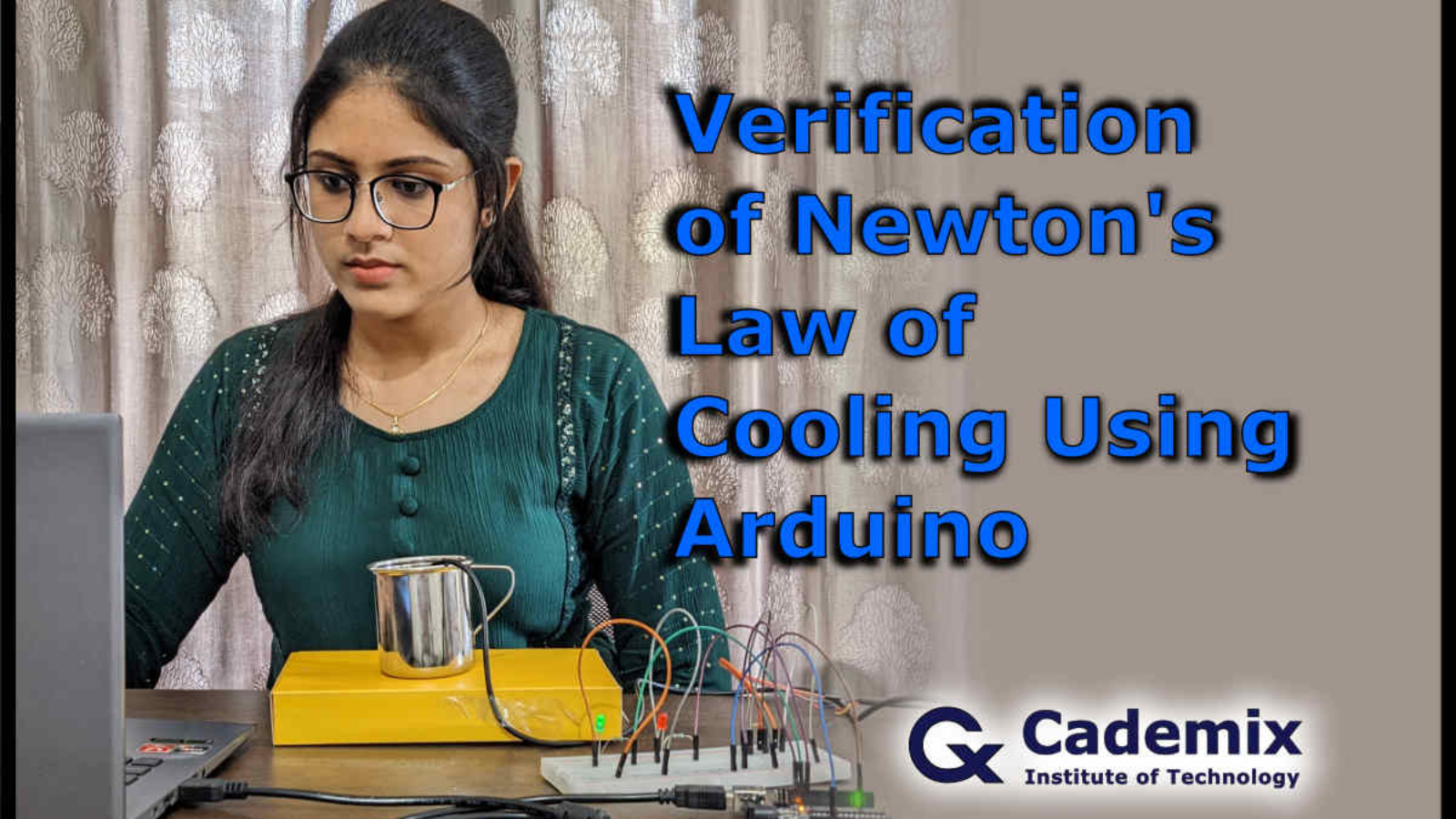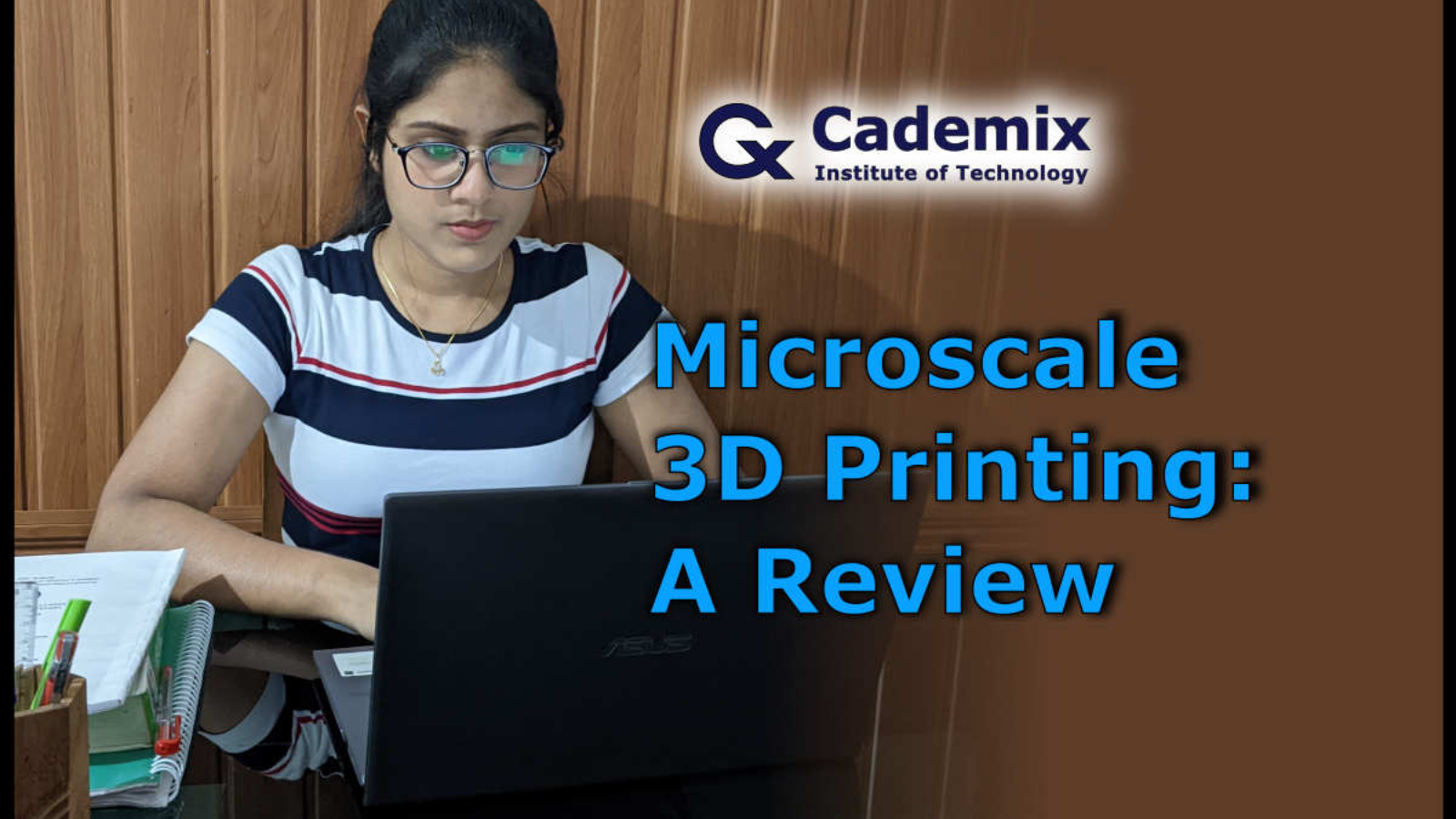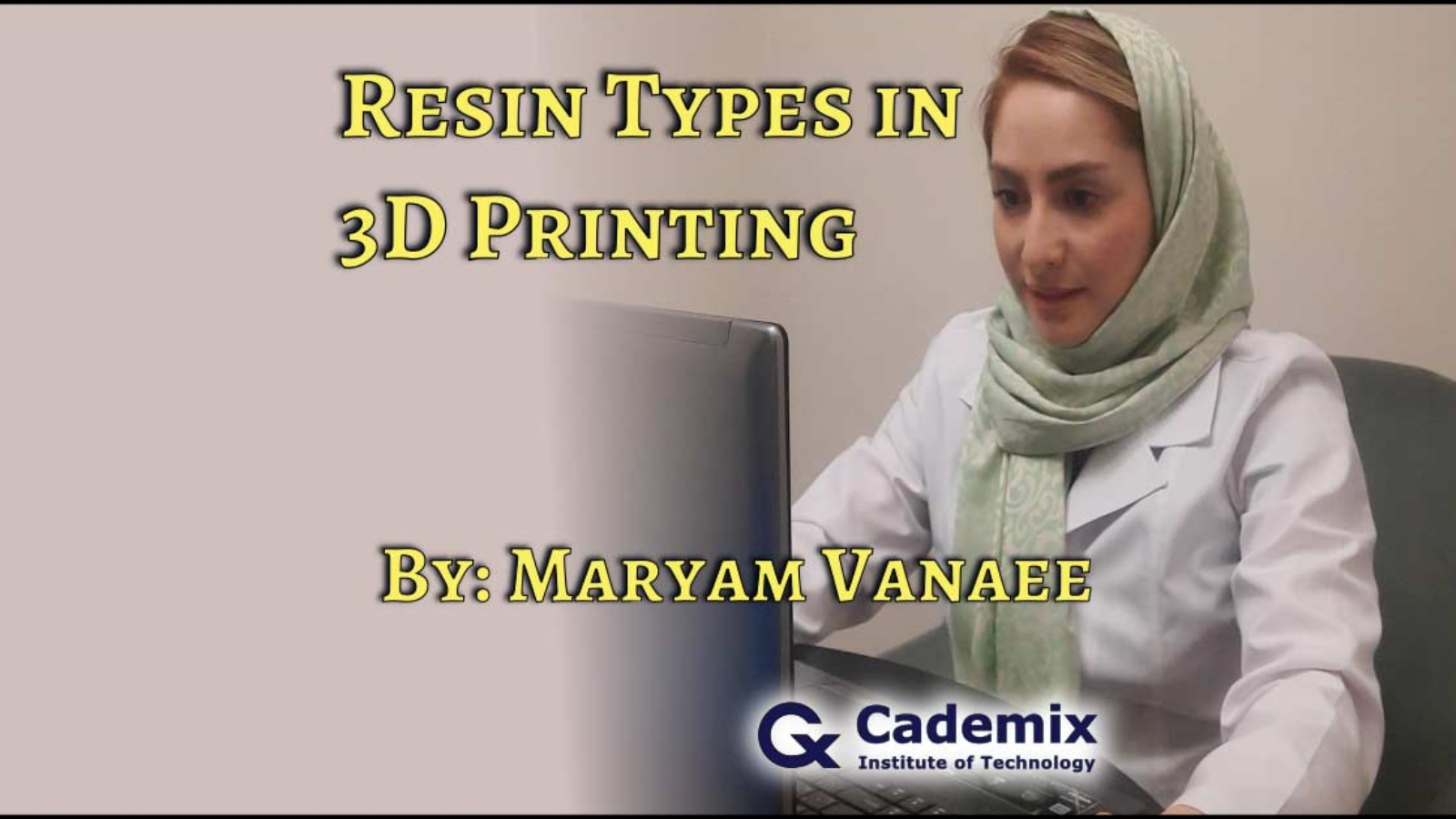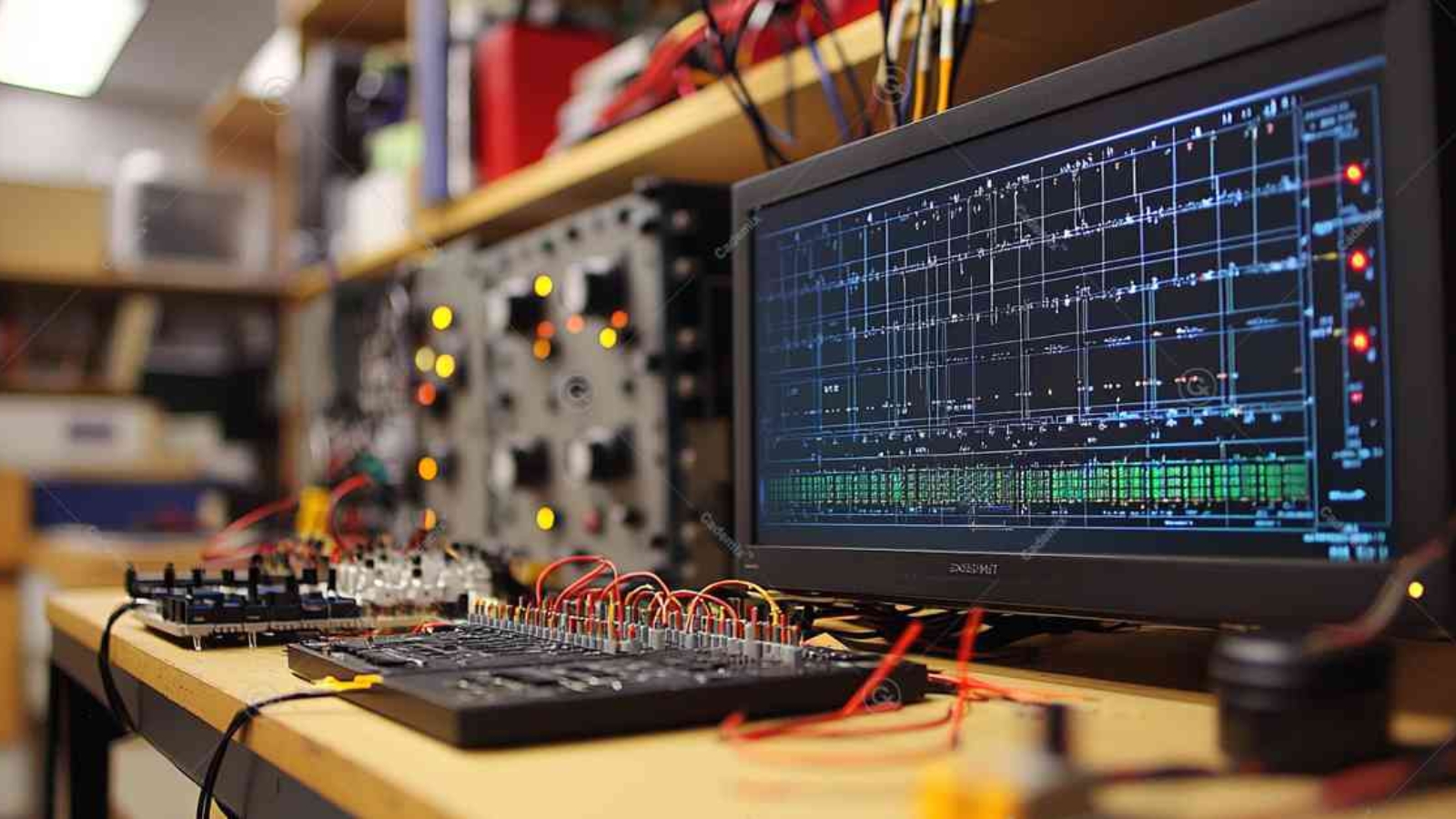Estimated Reading Time: 11 minutes The Arduino platform is a free and open source electronics platform. Due to their ease of use and inexpensive cost, Arduino-based projects have gained widespread recognition. This is also an arduino-based project that examines Newton’s law of cooling. A DS18B20 waterproof temperature sensor was used for temperature monitoring. Newton’s law of cooling was validated by using temperature data. This article will discuss the Newton’s law of cooling and serve as a guide for verifying it with an Arduino. In fact, the main focus of the article is the experimental setup for Arduino-based temperature monitoring and the verification of the law.
Understanding Client Expectations and Response Times: A Psychological Perspective
Estimated Reading Time: 10 minutes Delve into the psychological misconceptions surrounding client expectations, response times and their impact on client satisfaction. This article provides a comprehensive examination of how to distinguish between legitimate inquiries and unrealistic demands, emphasizing the importance of policy-driven response times.
Manufacturing Industry during COVID19 Pandemic
Estimated Reading Time: 8 minutes Manufacturing industry during the pandemic COVID19
is the subject of an article in which I discuss how the crisis caused by the COVID-19 pandemic will affect the global economic and financial scenario in 2020.
By Zahra Kamali, Cademix Institute of Technology
Goal Setting
Estimated Reading Time: 5 minutes One of the main problems that people struggle with achieving their goals is the lack of motivation and movement in the path of the target with variable speed. In this article, we will explain some basic concepts such as goals, motivation, priority, etc., and then we will introduce several solutions to achieve constant speed By Maryam Vanaee, Cademix Institute of Technology
Microscale 3D Printing: A Review
Estimated Reading Time: 13 minutes Microscale 3D printing is the use of additive manufacturing techniques to create structures with features as small as a few microns. As the demand for device miniaturisation grows, so does the demand for microscale 3D printing. There are some traditional methods for microfabrication. However, 3D printing processes have been found as a viable way for achieving real 3D microproducts. There are several methods for microscale 3D printing. This article will highlight some of the most essential and effective microscale 3D printing methods. It includes scanning micro stereolithography, projection micro stereolithography, two photon polymerisation, laser induced forward transfer, microscale selective laser sintering, microscale inkjet 3D printing, and micro extrusion 3D printing. This review will also take a glance at some of the uses of microscale 3D printing in the electronics and medical sectors.
Resin Types in 3D Printing
Estimated Reading Time: 6 minutes In this article we studied the resins 3D printers, the different types, their advantages and disadvantages, and the factors to consider when choosing them By Maryam Vanaee, Cademix Institute of Technology
From Photonic Crystals to PICs: Educational Insights into Lumerical and Synopsys Simulation Tools for Quantum-Enhanced Circuits
Estimated Reading Time: 17 minutes An educational exploration of how Lumerical and Synopsys tools guide the transition from photonic crystal concepts to quantum-enhanced PIC simulations, addressing technical, cultural, and policy challenges along the way.







